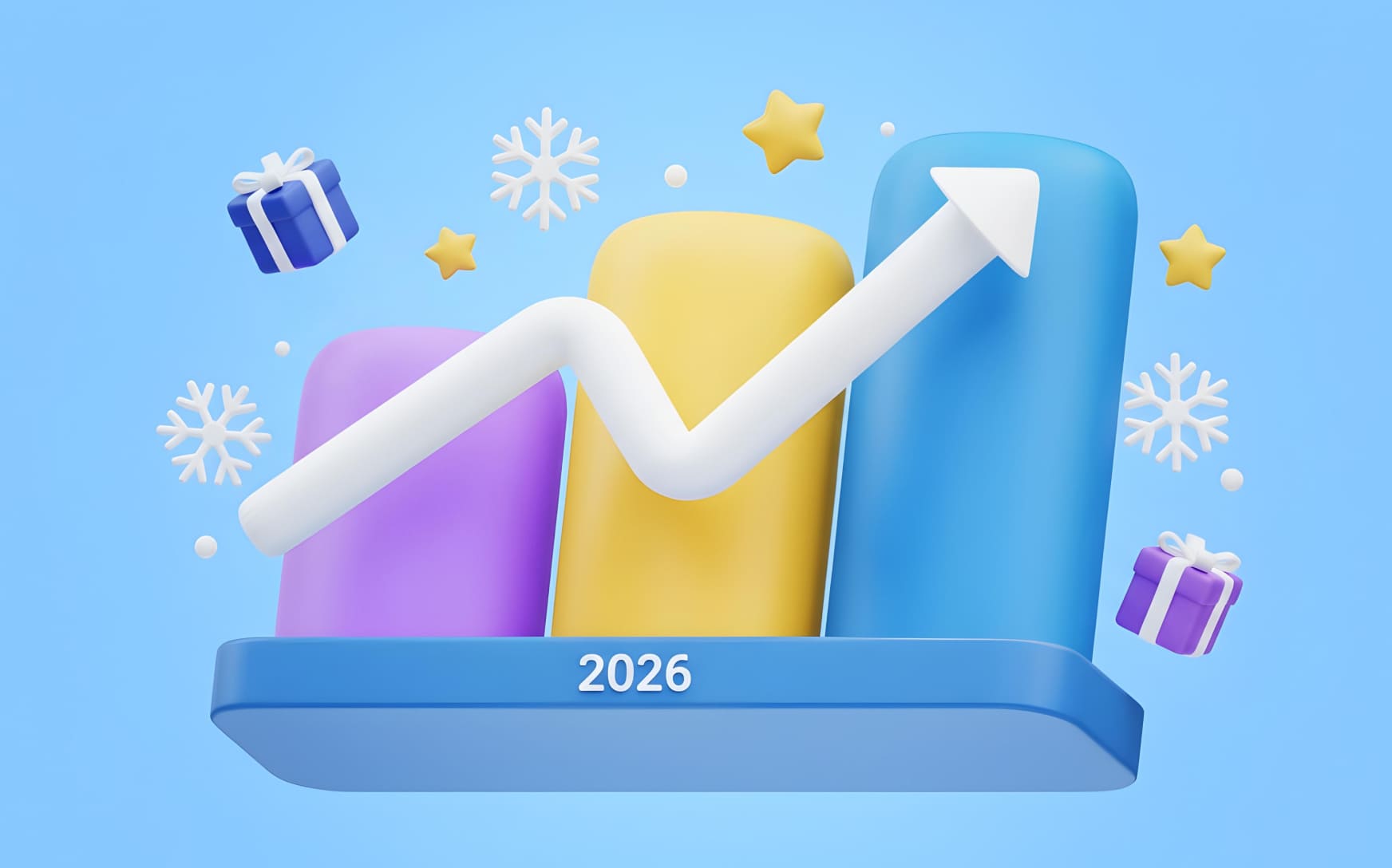Cost Per Thousand (CPM)
CPM (Cost Per Mille), also known as Cost Per Thousand, is a fundamental advertising metric and pricing model in digital marketing where you pay a fixed fee for every thousand impressions of your ad. This model allows you to calculate the budget needed to reach a certain audience size, making it perfect for brand awareness campaigns. Let’s get into what CPM is — meaning, how it’s calculated, types and why it matters for advertisers. With ROIads ad network, you’ll master both the theoretical and technical aspects of successful affiliate marketing to maximize your understanding.
What is Cost Per Thousand (CPM)? Definition in Advertising
At its core, CPM is a metric that defines the cost an advertiser incurs for 1,000 ad impressions. An impression here means each time an ad appears on a user’s screen, regardless of whether the user interacts with it. This model is used in display ads, social media, pop ads and video ads where the goal is to reach a large audience.

How is CPM Calculated? Formula and Practical Example
Calculating CPM is simple and important for advertisers to know their campaign’s cost per performance. Here’s the formula:
CPM = (Total Campaign Cost ÷ Number of Impressions) × 1000
For example, if a campaign costs $500 and has 100,000 impressions, the CPM would be:
CPM = ($500 ÷ 100,000) × 1000 = $5
This means the advertiser pays $5 for every 1,000 views of their ad, a measurable cost for brand visibility. The CPM formula is useful for budgeting as it allows you to set clear expectations on how far your budget will go for a certain reach.
Types of Cost Per Thousand (CPM): Breaking Down the Variants
While the standard CPM is still widely used, there are several variants to cater to the needs of digital advertising campaigns. Each variant provides different insights:
- Standard CPM: The traditional model where you pay a fixed cost per 1,000 impressions, regardless of user engagement.
- eCPM (Effective CPM): This is a retroactive metric, calculated to measure the average CPM across multiple campaigns or different pricing models (CPC, CPA, etc.). Useful for optimizing ROI across complex campaigns.
- Viewable CPM (vCPM): This charges advertisers only for “viewable” impressions — where the ad is on screen for a certain amount of time (usually 1 second or more). This means advertisers don’t pay for impressions that might not have been seen.
Each has its pros and cons and often depends on the campaign goals and platform requirements.
Examples of CPM in Different Advertising Campaigns
CPM is flexible, so it’s good for many campaign types. Here are some examples:
- Brand Awareness Campaigns: For brands looking to get maximum reach and visibility, CPM is a way to measure and budget for broad exposure to their target audience.
- Media and Video Advertising: Platforms like YouTube and other streaming services use CPM as advertisers want to capture attention in a non-clickable format. Here impressions are key to message recall and brand visibility.
- Social Media and Display Ads: CPM is used in display ads on platforms like Facebook, Instagram and Google Display Network where the goal is to get as many eyes on the ad as possible even if engagement is secondary.
- Pop Ads: Pop (popunder) ads, used in ad networks that work with the CPM model. Pops open in a new browser window behind the user’s active screen so advertisers can reach users without disrupting their browsing experience. This format is great for maximum visibility with broad audiences and when paired with CPM pricing it’s high value reach at a low cost. Check out the image to see current CPMs for pops — we provide these info to help you plan your campaign budget. For even more detailed data, visit the Insights tab in your account dashboard.

For advertisers looking to leverage the power of CPM on pops, networks like ROIads offer a highly effective ad platform for your popunder campaigns. With a global reach, advanced targeting options, and premium traffic sources, ROIads specializes in push and pop ads, ensuring that advertisers maximize their CPM budgets for the best reach and impact.
Quick ROIads Overwiew
- Ideal for Affiliate Verticals: Popular verticals include iGaming, Betting, Antivirus, Utilities, and more, making ROIads a go-to platform for affiliate marketers in high-demand niches.
- 150+ Geos: ROIads offers access to top geos such as Indonesia, India, the USA, Germany, and the UK, enabling advertisers to connect with large, targeted audiences worldwide.
- Premium Traffic Sources: Traffic quality is our top priority. Premium sources driving engagement and conversions for top performing campaigns.
- AI-Driven Optimization: The platform uses AI bidding technology to optimize traffic sources for optimal performance.
- Precise Targeting Capabilities: Targeting options include device type, OS, location, and more, allowing advertisers to reach specific audience segments.









